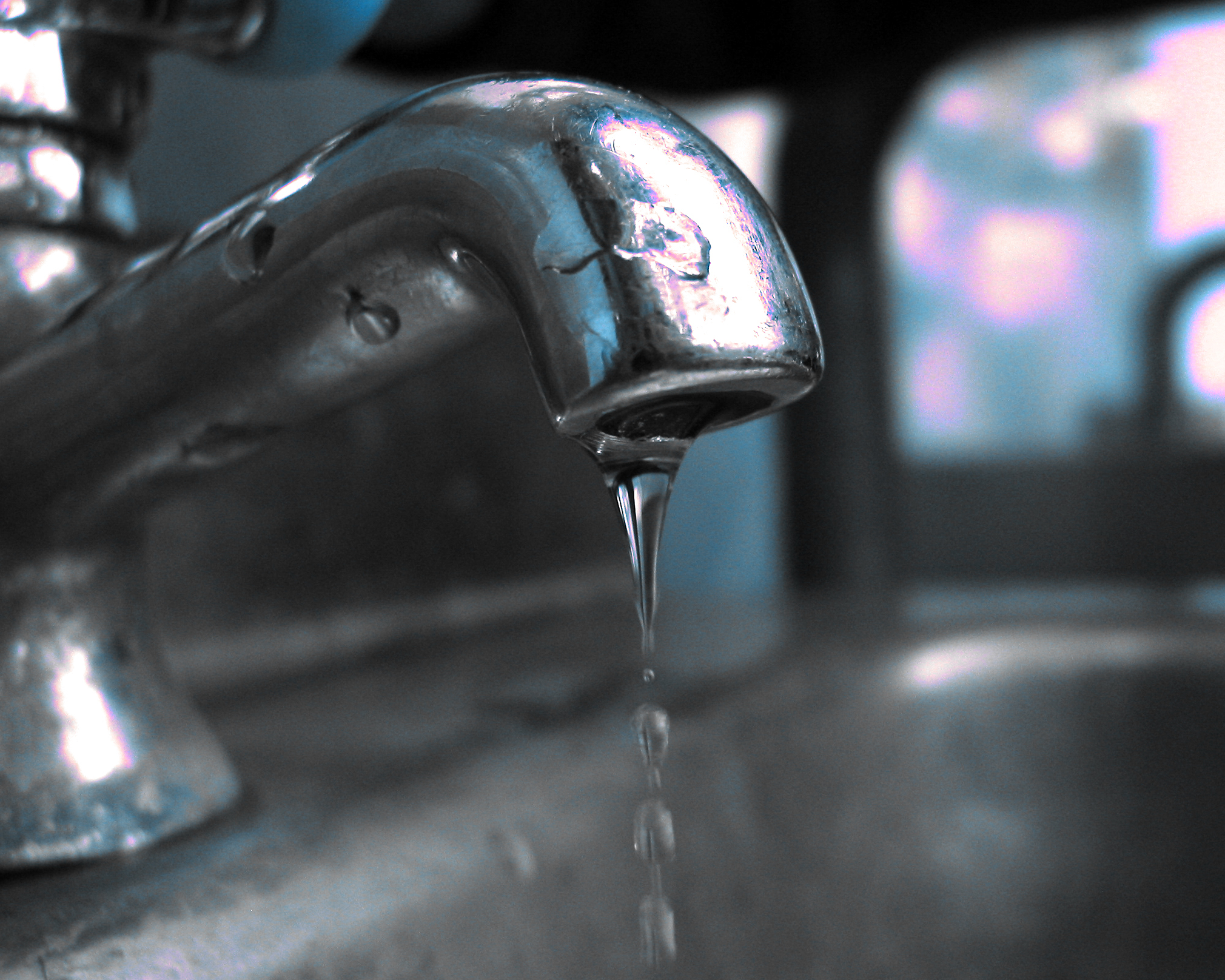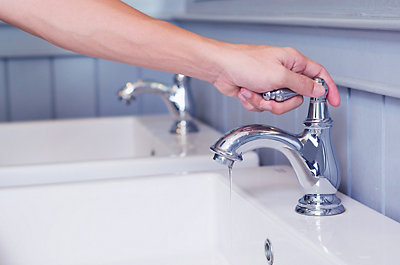Your Factors Behind Fixing a Leaking Faucet
Your Factors Behind Fixing a Leaking Faucet
Blog Article
What are your opinions about 4 Common Reasons for a Leaky Faucet?

Trickling faucets may seem like a minor hassle, yet their impact surpasses just the aggravation of the noise. From drainage to incurring unneeded economic costs and wellness risks, neglecting a trickling faucet can bring about numerous consequences. In this short article, we'll explore why it's essential to address this common family issue promptly and effectively.
Wastefulness of Water
Ecological Effect
Leaking faucets add dramatically to water waste. According to the Environmental Protection Agency (EPA), a single tap leaking at one drip per second can throw away greater than 3,000 gallons of water per year. This not just stress water resources yet likewise affects ecosystems and wild animals based on them.
Step-by-Step Overview to Taking Care Of a Dripping Faucet
Devices Required
Prior to attempting to fix a trickling tap, gather the necessary devices, including a flexible wrench, screwdrivers, replacement components (such as washers or cartridges), and plumber's tape.
Common Tap Issues and Their Solutions
Determine the type of tap and the certain issue triggering the drip. Common troubles include damaged washers, rusty shutoff seats, or damaged O-rings. Describe maker instructions or online tutorials for step-by-step guidance on fixings.
Financial Expenses
Raised Water Costs
Past the environmental influence, trickling faucets can blow up water costs considerably. The built up waste gradually converts into greater utility expenses, which could have been stayed clear of with timely fixings.
Potential Residential Or Commercial Property Damages
Furthermore, long term dripping can cause harm to fixtures and surface areas bordering the tap. Water buildup can cause discoloration, deterioration, and even architectural concerns if left unattended, leading to added repair costs.
Health and wellness Problems
Mold And Mildew and Mildew Growth
The continuous existence of dampness from a dripping faucet creates a suitable atmosphere for mold and mildew and mildew development. These fungi not just jeopardize indoor air high quality however additionally present health and wellness dangers, specifically for individuals with respiratory system conditions or allergies.
Waterborne Diseases
Stagnant water in trickling taps can become a breeding ground for microorganisms and other microorganisms, raising the threat of waterborne diseases. Impurities such as Legionella germs grow in stagnant water, possibly leading to severe ailments when ingested or breathed in.
Do it yourself vs. Professional Repair service
Advantages and disadvantages of DIY Repair Work
While some might try to repair a leaking tap themselves, do it yourself repairs feature their very own collection of obstacles. Without proper expertise and devices, DIY attempts can worsen the problem or cause insufficient fixings, prolonging the problem.
Benefits of Employing an Expert Plumber
Working with an expert plumber makes certain that the underlying source of the trickling tap is attended to properly. Plumbings have the expertise and tools to diagnose and fix tap problems efficiently, conserving time and decreasing the risk of more damage.
Ecological Duty
Specific Contribution to Conservation
Taking duty for dealing with dripping taps lines up with broader initiatives toward water preservation and environmental sustainability. Every person's actions jointly make a significant influence on preserving priceless sources.
Lasting Living Practices
By prioritizing prompt fixings and adopting water-saving behaviors, individuals add to lasting living methods that benefit both present and future generations.
Safety nets
Routine Maintenance Tips
To avoid trickling taps, do regular maintenance such as cleaning up aerators, inspecting for leaks, and replacing damaged parts immediately. Additionally, consider setting up water-saving devices or upgrading to a lot more reliable fixtures.
Value of Prompt Services
Dealing with leaking taps as soon as they're discovered stops more water wastage and potential damage, ultimately saving both water and cash in the future.
Influence On Home Worth
Assumption of Well-Maintained Residential Or Commercial Property
Preserving a building in good condition, including dealing with maintenance issues like leaking faucets, enhances its perceived value and value amongst possible customers or lessees.
Impact on Resale Worth
Properties with well-maintained plumbing fixtures, including faucets, command greater resale worths in the property market. Dealing with leaking faucets can contribute to a positive impression throughout property inspections and negotiations.
Conclusion
Addressing a trickling tap exceeds simple benefit; it's a vital action towards saving water, decreasing financial costs, and guarding wellness and home. Whether through DIY repair work or professional assistance, doing something about it to deal with leaking faucets is a tiny yet impactful method to advertise accountable stewardship of sources and add to a much healthier, much more lasting future.
How to Fix a Leaky Faucet: Step-by-Step Repair Guide
A leaky faucet may seem like a simple annoyance, but if it's not fixed promptly, that leak could cost hundreds to potentially thousands. From water damage to mold, mildew, and high water bills, even a tiny leak can be catastrophic if left unattended. Damage like this can even affect the overall value of your home, so it's important to take the right approach for leaky faucet repair. You may need the help of a plumber in some cases, but we've got a few tips you can try on how to fix a leaky faucet before calling the pros.
Four Faucet Types
When you're learning how to fix a leaky faucet, the first step is knowing what kind of faucet you're working with! There are four common types.
Cartridge Faucets
Cartridge faucets come in one- or two-handled varieties. In one-handled cartridge faucets, hot and cold water combines in a single cartridge. In the two-handled versions, hot and cold water are controlled separately and mixed in the faucet.
Ball Faucets
Ball faucets have a single lever you push up and down to adjust the pressure and rotate to change the temperature. A slotted metal ball controls the amount of water allowed into the spout.
Compression Washer Faucets
They're the oldest type of faucet, but they're still used in many homes — especially older ones. Compression faucets have two separate handles that, when turned, raise or lower the washer that seals a water valve. This valve stops water from flowing through the faucet when it is turned off.
Disc Faucets
Disc faucets rarely need to be repaired due to their maintenance-free design. The water flow is controlled by two discs — the upper one raises and lowers against a fixed lower disc, creating a watertight seal. If your disc faucet starts leaking, you may need to replace the seals or clean residue buildup from the inlets.
Fixing a Leaky Faucet
Step 1: Turn Off the Water
Whether you're learning how to fix a leaky bathtub faucet or how to fix a leaky kitchen faucet, always turn off the water supply to your working area when you're fixing a leak. The last thing you want is a flood added to your list of things to fix.
Look for the shutoff valves below your sink or around the tub and turn them clockwise to stop the water flow. If your faucet doesn't have shutoff valves, you may need to turn off the water for the whole house. Check to make sure it's off by turning the faucet on. If nothing comes out, you're ready to start the repair.
Step 2: Take Apart the Faucet
How you disassemble your faucet depends on the type of fixture you have. You can use a flathead screwdriver to remove the caps on top of the handle or handles for cartridge and compression faucets. Inside, you should see handle screws. Unscrew these with a screwdriver to remove the handle.
Disc- and ball-style faucets will typically have an inlet screw near the handle, and removing that will reveal the interior of the faucet.
Detach the Valve Stem
For cartridge- and compression-style faucets, you'll see the inner valve stem or cartridge once you remove the faucet handles. If you have a compression faucet, unscrew the brass valve stem. If you have a cartridge faucet, pull out the cartridge. If your cartridge has been in place for a while, it may require some tools or extra force to remove it due to mineral deposits.
Examine and Replace Parts
Once you've removed the parts, check them out to confirm what needs to be replaced. You may see corroded rubber washers, O-rings, stems, or cartridges. On a ball-style faucet, check the seats and springs for damage.
If you need to repair a leaky disc faucet, check the inlet and seals on the lower disc.
Once you determine what parts must be replaced, visit your local hardware store. Bring the damaged parts with you to ensure you can purchase the correct components to replace them.
Clean Valves and Faucet Cavity
If you've removed a stem or cartridge, you may notice mineral buildup in the faucet's threads. Use white vinegar to clean the valve seat by soaking it for a few minutes, then scrub it away with a soft toothbrush and rinse with warm water. You can also clean the interior of the faucet in the same way.
Reassemble the Faucet
Once your faucet is cleaned and the required parts have been replaced, it's time to reassemble it. Put the pieces back together and slowly turn the water supply back on. Doing this slowly is crucial because too much initial water pressure can damage the new hardware you've just installed.
https://homewarranty.firstam.com/blog/how-to-fix-leaky-faucet

As an avid person who reads on Water Dripping from Faucet: Why and How to Fix, I assumed sharing that piece of content was really helpful. Do you know anybody else who is fascinated with Water Dripping from Faucet: Why and How to Fix? Feel free to share it. We enjoy your readership.
Report this page